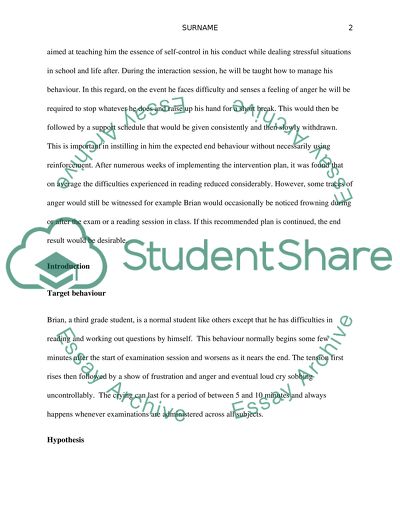Cite this document
(“Behavior Management Project Research Paper Example | Topics and Well Written Essays - 3500 words”, n.d.)
Behavior Management Project Research Paper Example | Topics and Well Written Essays - 3500 words. Retrieved from https://studentshare.org/education/1492389-behavior-management-project
Behavior Management Project Research Paper Example | Topics and Well Written Essays - 3500 words. Retrieved from https://studentshare.org/education/1492389-behavior-management-project
(Behavior Management Project Research Paper Example | Topics and Well Written Essays - 3500 Words)
Behavior Management Project Research Paper Example | Topics and Well Written Essays - 3500 Words. https://studentshare.org/education/1492389-behavior-management-project.
Behavior Management Project Research Paper Example | Topics and Well Written Essays - 3500 Words. https://studentshare.org/education/1492389-behavior-management-project.
“Behavior Management Project Research Paper Example | Topics and Well Written Essays - 3500 Words”, n.d. https://studentshare.org/education/1492389-behavior-management-project.


